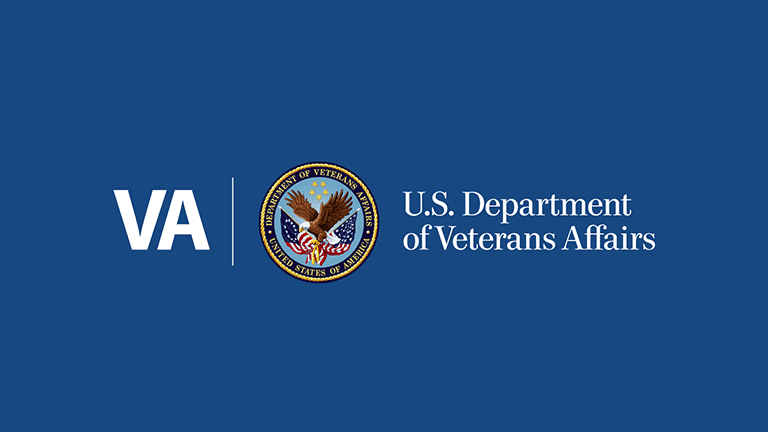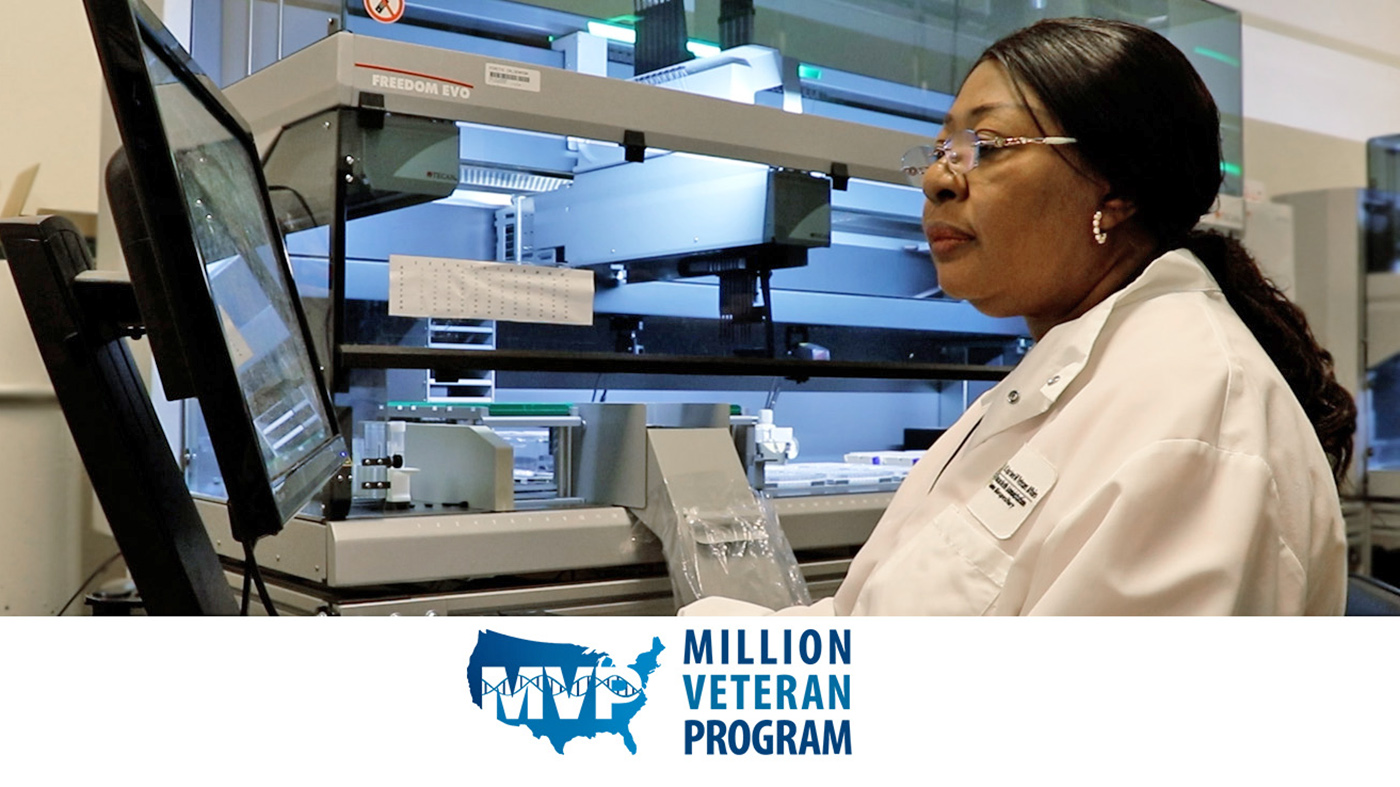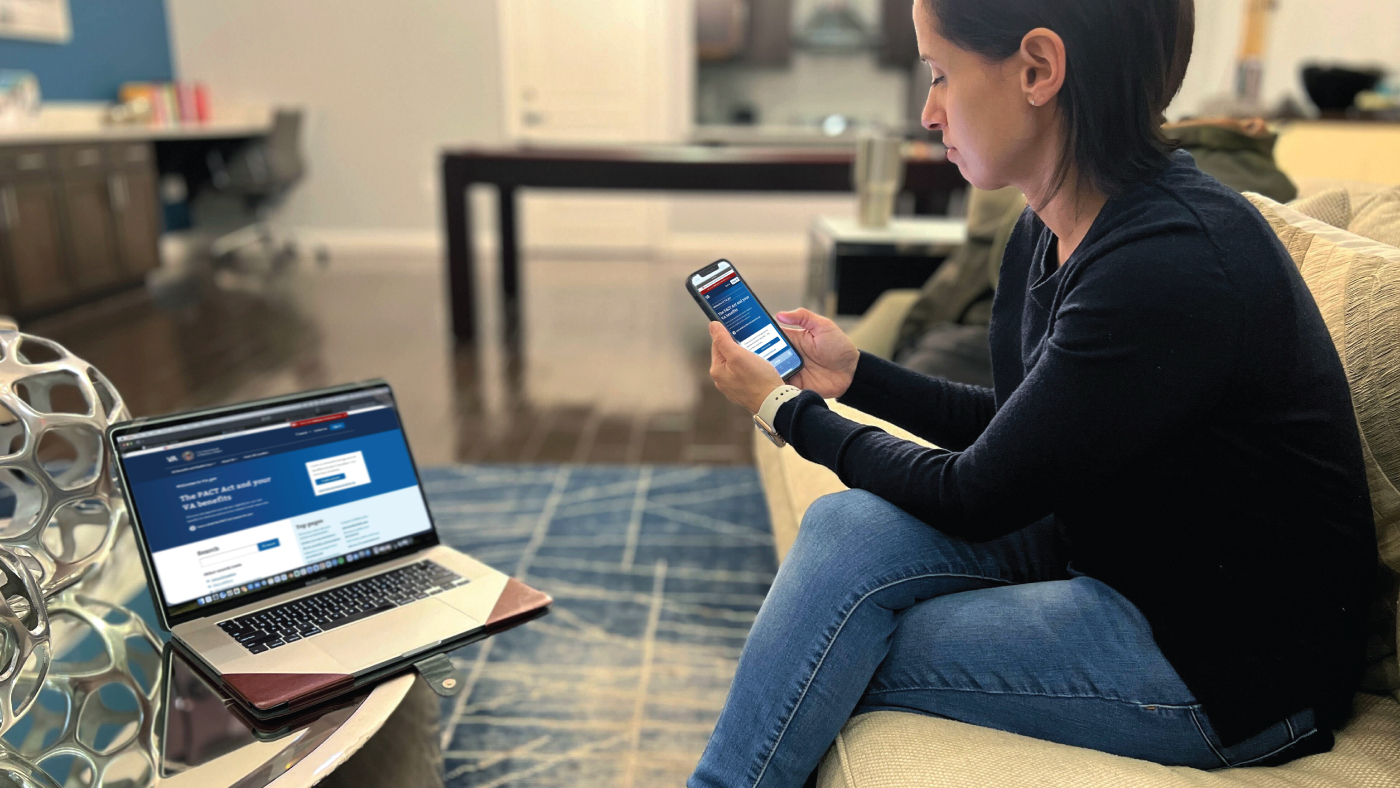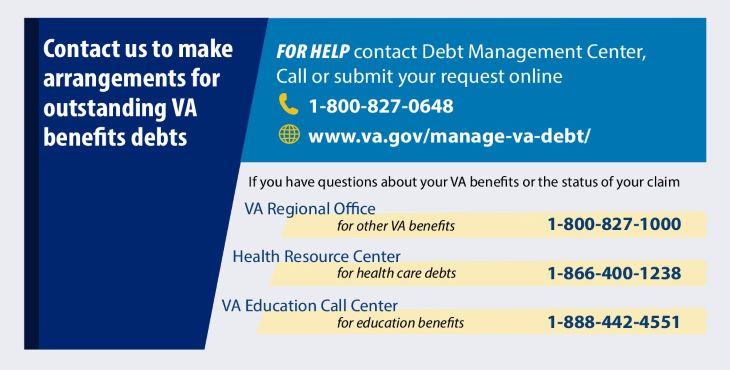
Monday, after a year of research and number-crunching, Student Veterans of America, in partnership with VA and the National Student Clearinghouse, released the first phase of the Million Records Project, a research initiative that aims to provide near real-time data that policymakers, service providers, institutions of higher learning and the general public can use to inform and shape policies, programs and products that support student veterans.
Among other things, the results of the study confirm two long-standing beliefs:
- Veterans are not your average students. Like many students they are hungry for success. Yet unlike their traditional peers, they often have family responsibilities or must hit “pause” on their education for deployments and other military commitments.
- America’s investment in its nation’s Veterans is paying off. Today’s Veterans are earning college degrees, entering the workforce armed with the skills and knowledge they need to succeed in their respective fields of interest, and continuing to contribute to society in meaningful ways.
The study also digs into details about the journey of student Veterans through their academic life, including rate of completion, time-to-completion, highest degree attained, areas of study and more. Check out the details in SVA’s presentation, embedded below.

Ultimately, the Million Records Project aims to shape future policies and programs with data, and data-driven insights.
In other words: let’s create policies and programs that are driven by the actual needs of student veterans, rather than our assumptions of their needs.
This is something that likely anyone committed to improving the lives of veterans can agree on. This is also something that happens to be a core principle of human-centered design—an approach to design that values user needs above all, and is largely driven by research, data, testing, and iteration.
Policymakers, VA, VSOs, and institutions of higher learning may have their differences, but in this case they do have a shared mission: to help improve the lives of student Veterans. Each has its set of programs, services, and/or products to be delivered to or used by Veterans. With this in mind, one could perceive Veterans as customers. And to create products or programs (or policies) that have staying power, you must know you customer.
This may not be an earth-shattering revelation, but for those who know how stove-piped valuable information and data can be, this project helps illuminate the value of a complete 360 degree picture of our customers: student Veterans.
Topics in this story
More Stories
The findings of this new MVP study underscore the importance and positive impact of diverse representation in genetic research, paving the way for significant advances in health care tailored to Veteran population-specific needs.
VA reduces complexity for Veterans, beneficiaries, and caregivers signing in to VA.gov, VA’s official mobile app, and other VA online services while continuing to secure Veteran data.
VA has resources available to ensure natural disasters do not make the already challenging situation of owing a VA debt worse. If you are experiencing financial hardship and are unable to repay your VA debt because of a natural disaster, relief options are available.







Hi, my name is Carlos Manuel, since I left the US Air Force 1981, I was trying to get some benefit from the VA, it took me 27 years to get them and my service connected disability. That 30% service connection back in 2010 make eligible for the chapter 31 Vocational Rehabilitation Program. since them I get my Associate Degree in Art, now I am going for my Bachelor Degree in Supply Management in Broward College, Florida. Not only 9/11 or GI Bill recipient are getting benefit of higher education, Chapter 31 to. Thank you for the opportunity to show this information.
i have been an r.n. for 13 yrs. i am disabled due to a shattered disc at l5. i am requesting info to see if i’m entitled to funds for college. my father served in korea as a radio man. he received purple heart, silver star, and congressional medal of honor. could you please let me know if i qualify for monies to change careers because i can no longer perform nursing duties. thank you dianne carter matthews
Dianne, your best bet would be to contact the VA directly at 1-800-827-1000 or visit your local VA Medical Center, or you’ll find information here:http://www.va.gov/opa/persona/dependent_survivor.asp
I’ve been retired since 1993. I would like to know if it is still possible to use my education bill. I’ve never had the time too use it in the past !. Since I’m now fully retired, I’m motivated to return to school . Thank you for your time in this matter !